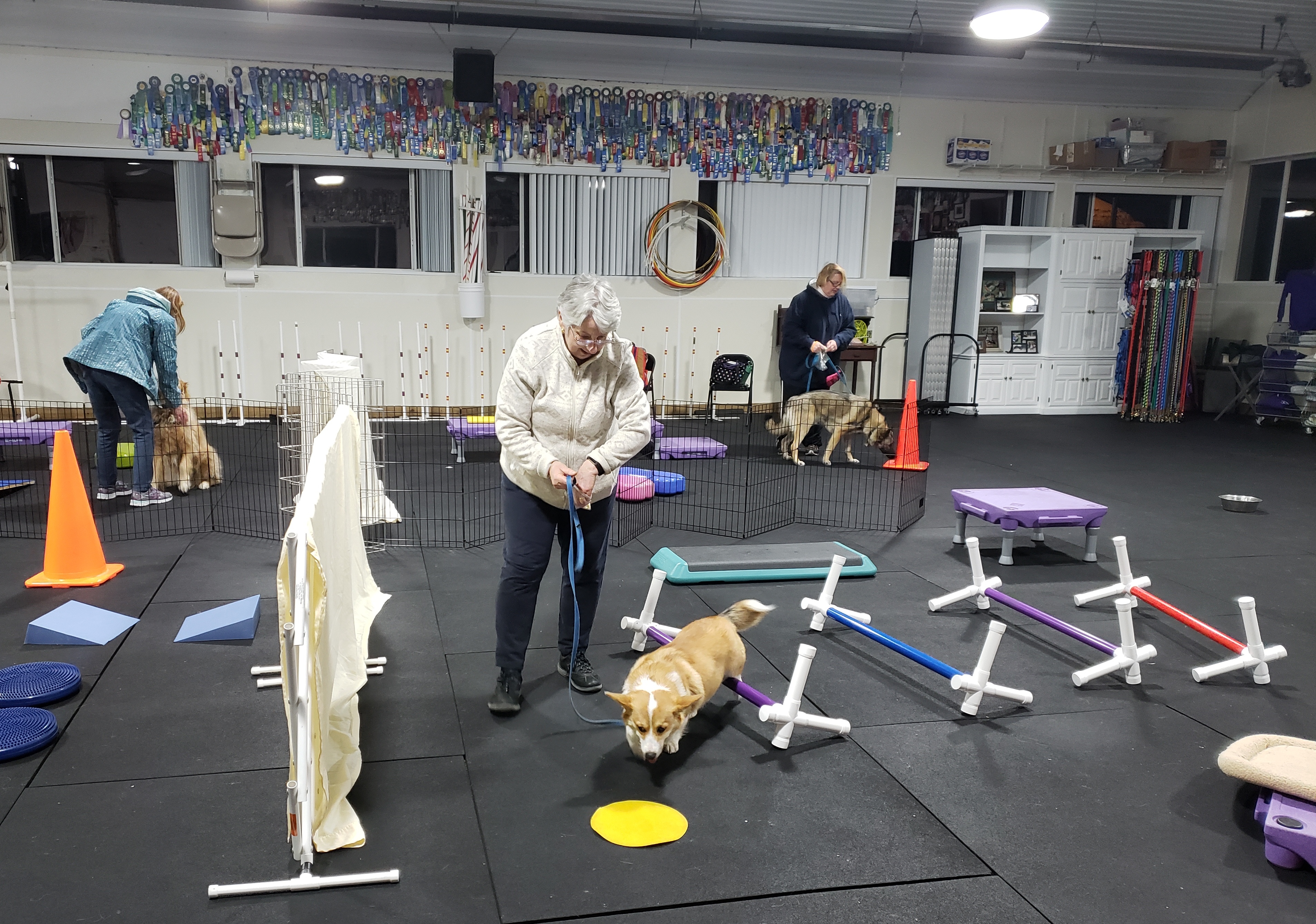 6 Training Tips to Successfully Train Your Dog from Beth at It's PAWSible!
6 Training Tips to Successfully Train Your Dog from Beth at It's PAWSible!
Tip # 1: The use of food in training is extremely effective.
Treats are your dog’s paycheck for learning new behaviors and performing those behaviors time after time, with or without distractions. Treats help bond the two of you in training and learning and they are the only way to ensure that your dog will understand what you want when you first start training.
Animals (including dogs) work much better for positive reinforcement then any form of punishment. When you only punish, you are not teaching your dog what you actually want him to do. Yes, there is an art to training and that is where good training comes in.
Tip # 2: Find a treat that your dog loves! And always be prepared to “step it up”.
Remember that a “reward” is only valuable if your dog thinks so. It’s their opinion that counts. Some situations require a better reward. For example: At home you can use your dog’s kibble (if he likes it) but when you take him out around distractions you WILL need something stronger, like real meat or one of my favorites, string cheese! Small pieces but lots of them are sometimes required to get what you want or just help your dog settle down.
Tip # 3: Teach some easy manners to your dog. Dogs are not born with manners. If you want your dog to have manners, you have to teach him. Here are some ideas on how to have good manners work for your dog (and you):
Have your dog sit at the door before going out...
Have your dog lay quietly on his mat while you are fixing his food...
Have your dog(s) ask permission by offering a “sit” before being pet or jumping up on the couch with you...
Tip # 4: Train smart, have your tools accessible to you.
I always try to teach my students that if you are taking your dog somewhere, take your treats! You never know when “brilliance” will happen. It’s always helpful to reward your dog for a job well done.
Tip # 5: Know the very first “command” to teach your dog.
Your dog’s name!!! This is the most important word your dog should know and love! Teach your dog his or her name by placing containers of treats around your house where your dog can’t get them. Over the course of the day, say your dog’s name several times, and every! time he looks at you, give him a treat! If you do this for several days, you will find your dog has an instant “head turn” towards you when you say his name. This is beneficial for every command, but especially for teaching your dog to come every time you call him!
Tip # 6: Keep that good training going beyond Basic Manners and Puppy Classes.
It's PAWSible! offers many additional classes beyond the basics. The schedule is always being updated.
If you feel you have problems with your dog that are outside the scope of a class, you may benefit from some one-on-one private lessons. We can easily answer this for you when you call us! However, to build a dog’s social skills, a group class is a great idea! You can also do a combination of private training and group training.
Enjoy your training and I hope to meet you and your dog soon!





